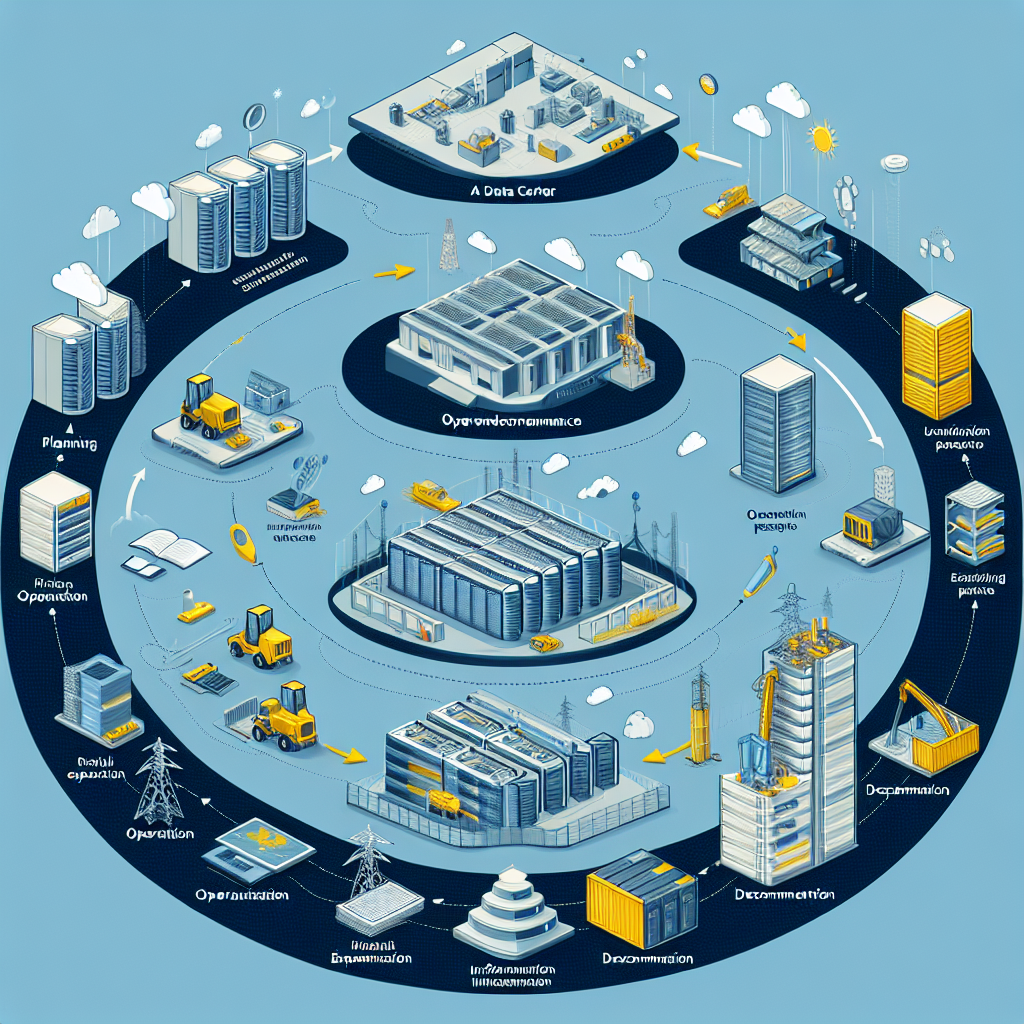Your cart is currently empty!
From Deployment to Decommissioning: The Complete Data Center Lifecycle

Data centers are the backbone of modern technology, housing the servers, storage, and networking equipment that power our digital world. From deployment to decommissioning, the lifecycle of a data center is a complex and intricate process that requires careful planning and execution.
The first step in the data center lifecycle is deployment. This involves selecting a location, designing the layout of the facility, and installing the necessary equipment. During deployment, it is crucial to ensure that the data center meets all regulatory and compliance requirements, as well as industry best practices for security, cooling, and power distribution.
Once the data center is up and running, it enters the operational phase. This is when the facility is actively used to store and process data, and ongoing maintenance and monitoring are essential to ensure optimal performance. Regular inspections, upgrades, and equipment replacements may be necessary to keep the data center running smoothly.
As technology evolves and data storage needs change, data centers may need to be upgraded or expanded to accommodate growing capacity requirements. This can involve adding new servers, storage arrays, or networking equipment, as well as improving cooling and power distribution systems to support the increased workload.
Eventually, the time will come for the data center to be decommissioned. This could be due to a variety of reasons, such as the facility reaching the end of its operational lifespan, the company moving to a new location, or the adoption of cloud-based storage solutions. Decommissioning a data center involves safely removing and disposing of all equipment, ensuring that any sensitive data is securely erased, and properly decommissioning the physical facility.
Throughout the entire data center lifecycle, it is important to prioritize security and compliance. Data centers are prime targets for cyberattacks, so robust security measures must be in place to protect sensitive information. Additionally, data centers must comply with regulations such as GDPR and HIPAA to ensure that data is handled responsibly and ethically.
In conclusion, the data center lifecycle is a complex and multifaceted process that requires careful planning and execution. From deployment to decommissioning, each phase of the lifecycle plays a crucial role in ensuring that data centers operate efficiently, securely, and in compliance with regulations. By following best practices and staying informed about industry trends, organizations can successfully navigate the data center lifecycle and meet the evolving needs of their digital infrastructure.

Leave a Reply